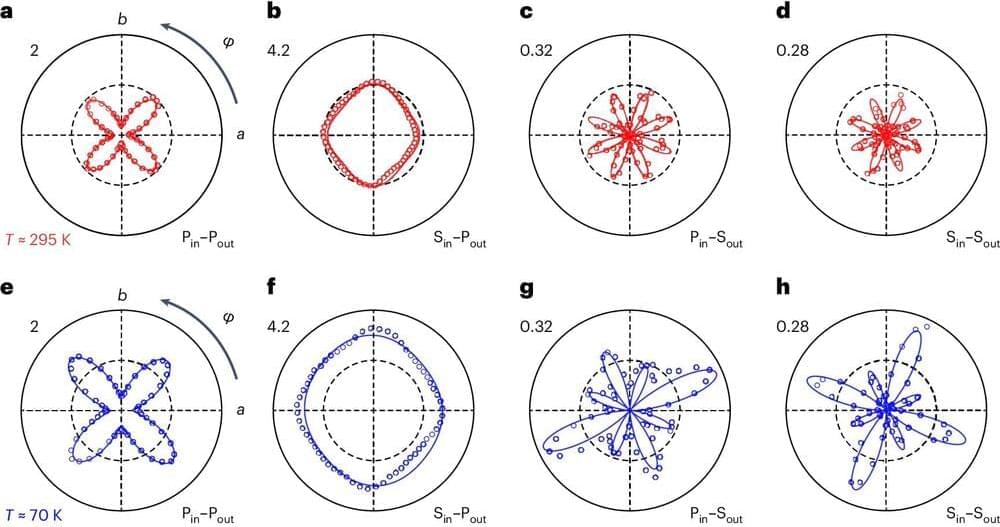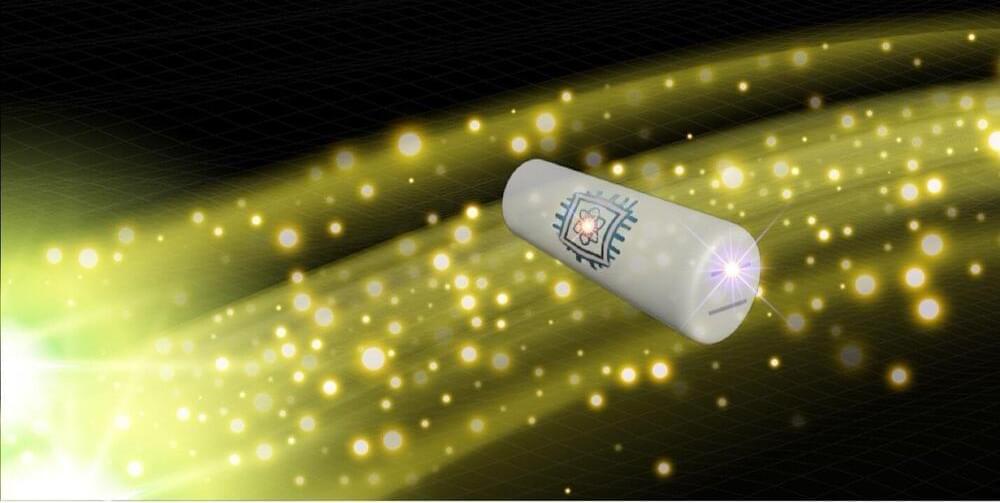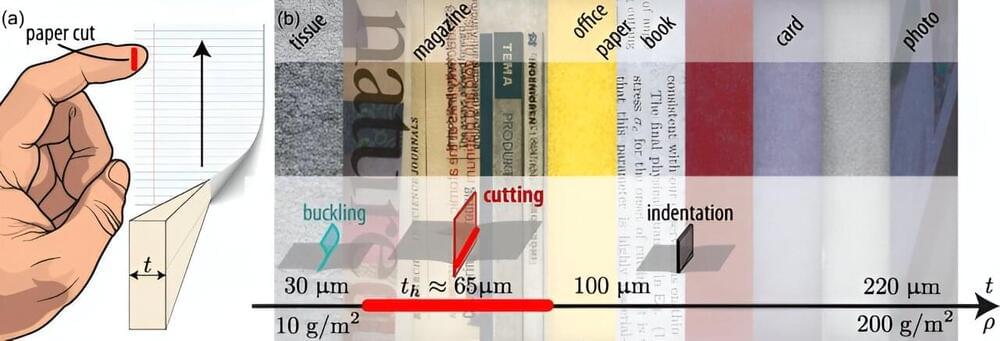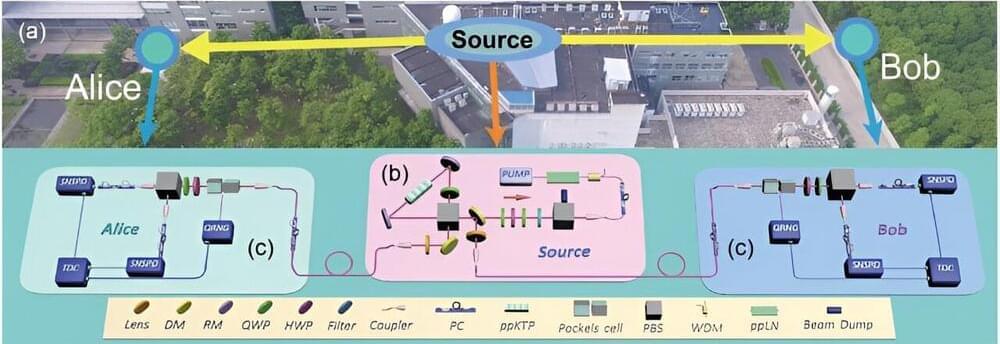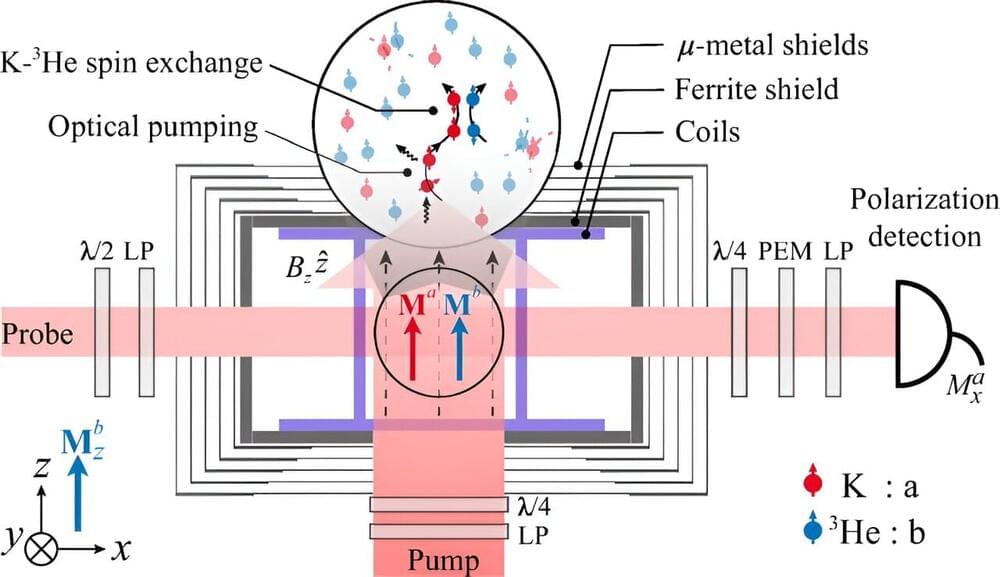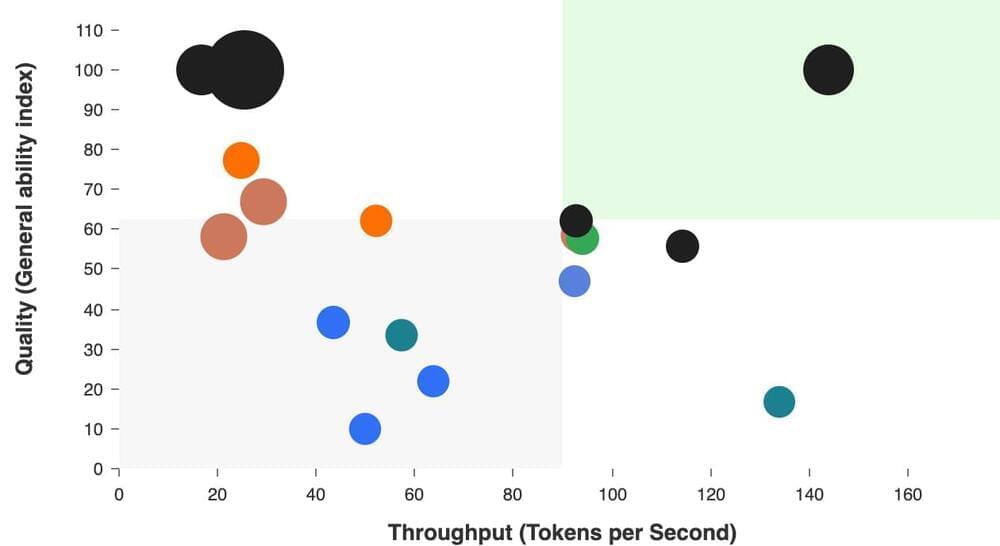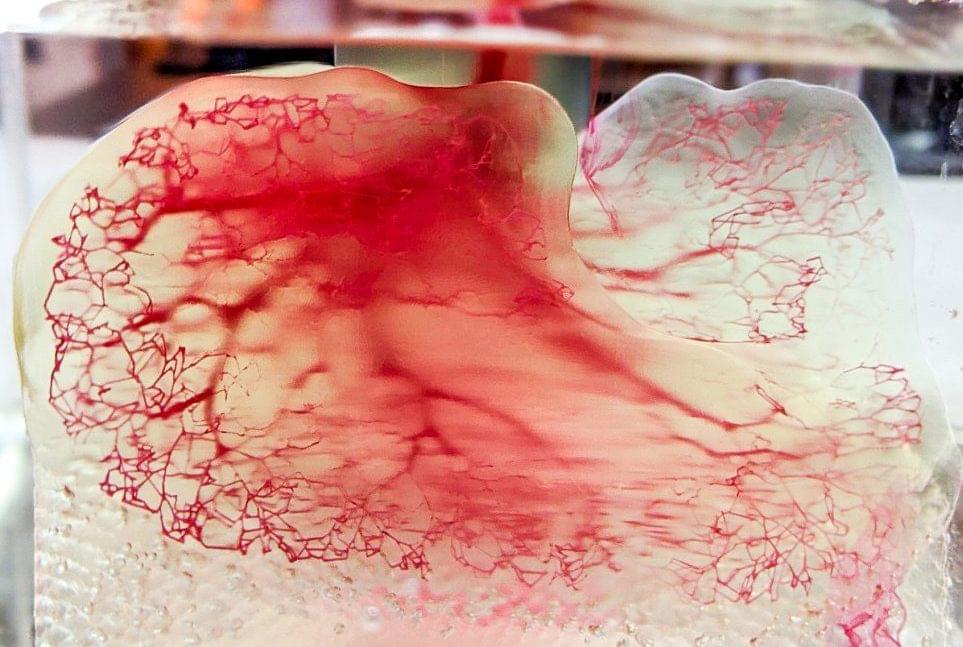We present the direct experimental observation of the formation of a diamagnetic cavity and magneto-Rayleigh-Taylor (MRT) instability in a betaapprox1 high energy density plasma. Proton radiography is used to measure the two dimensional path-integrated magnetic field in a laser-produced plasma propagating parallel to a preimposed magnetic field. Flutelike structures, associated with the MRT instability, are observed to grow at the surface of the cavity, with a measured wavelength of 1.2 mm and growth time of 4 ns. These measurements are in good agreement with predictions of three dimensional magnetohydrodynamic simulations using the GORGON code.

